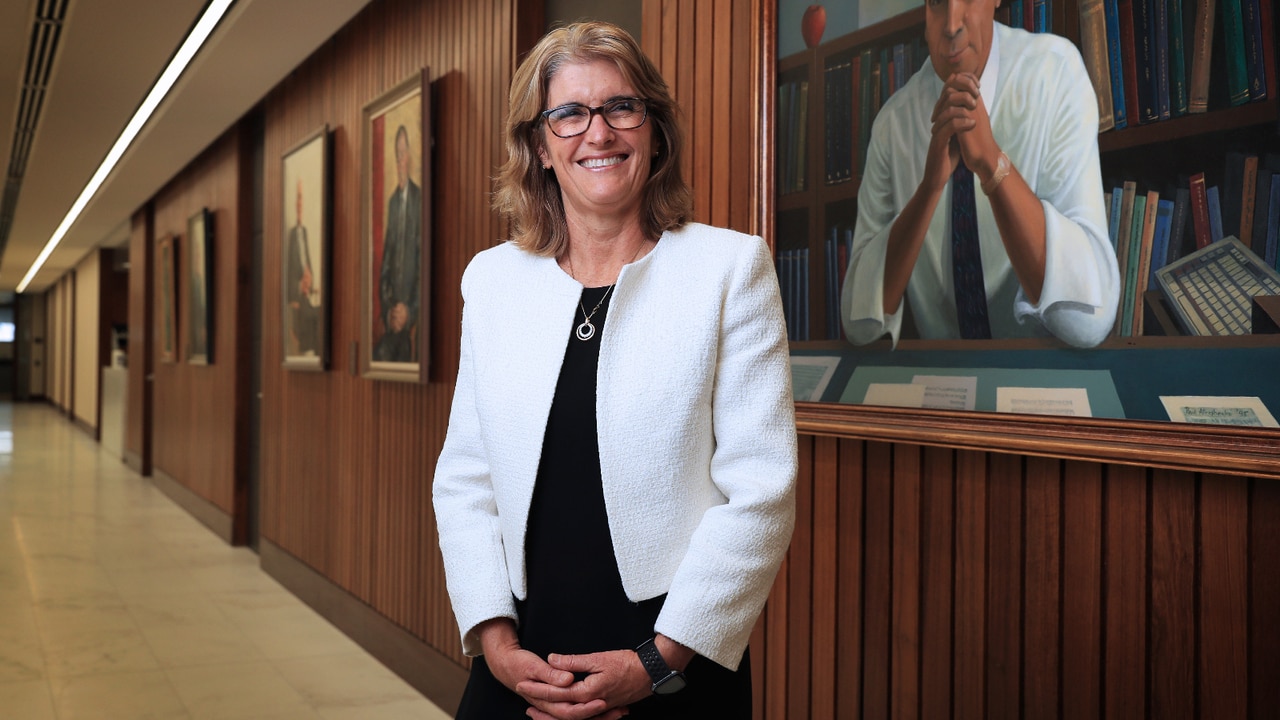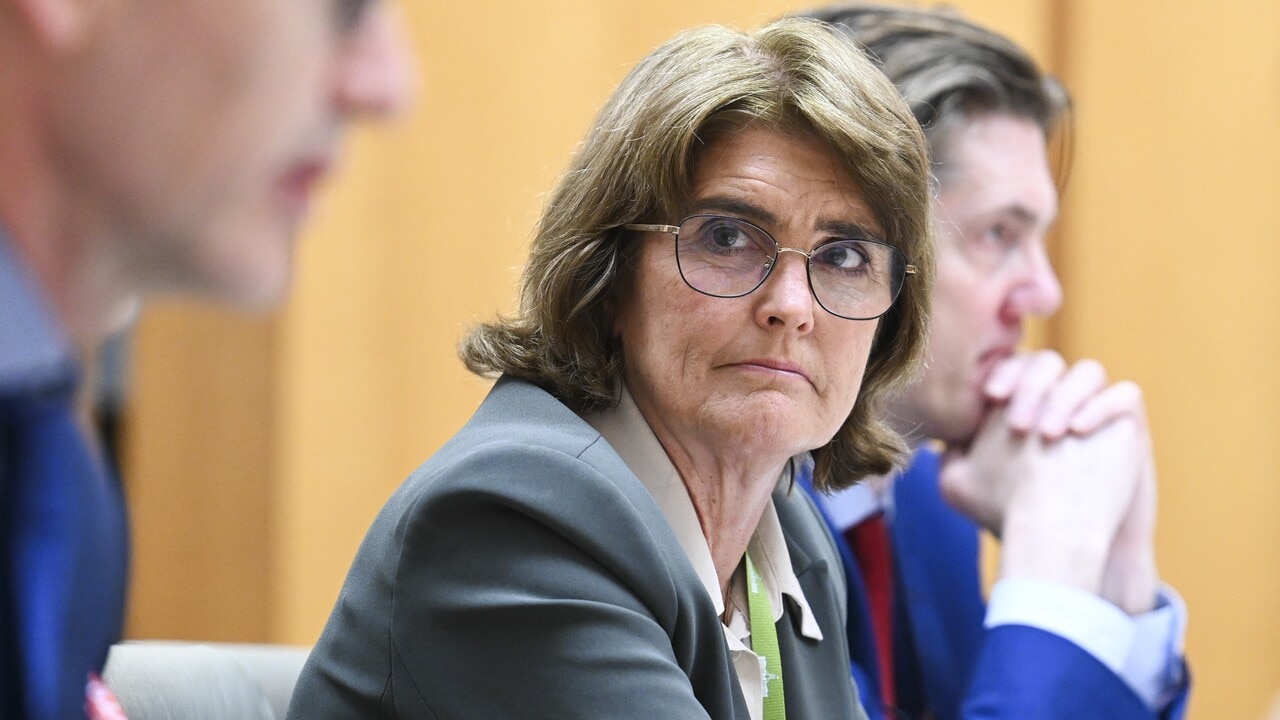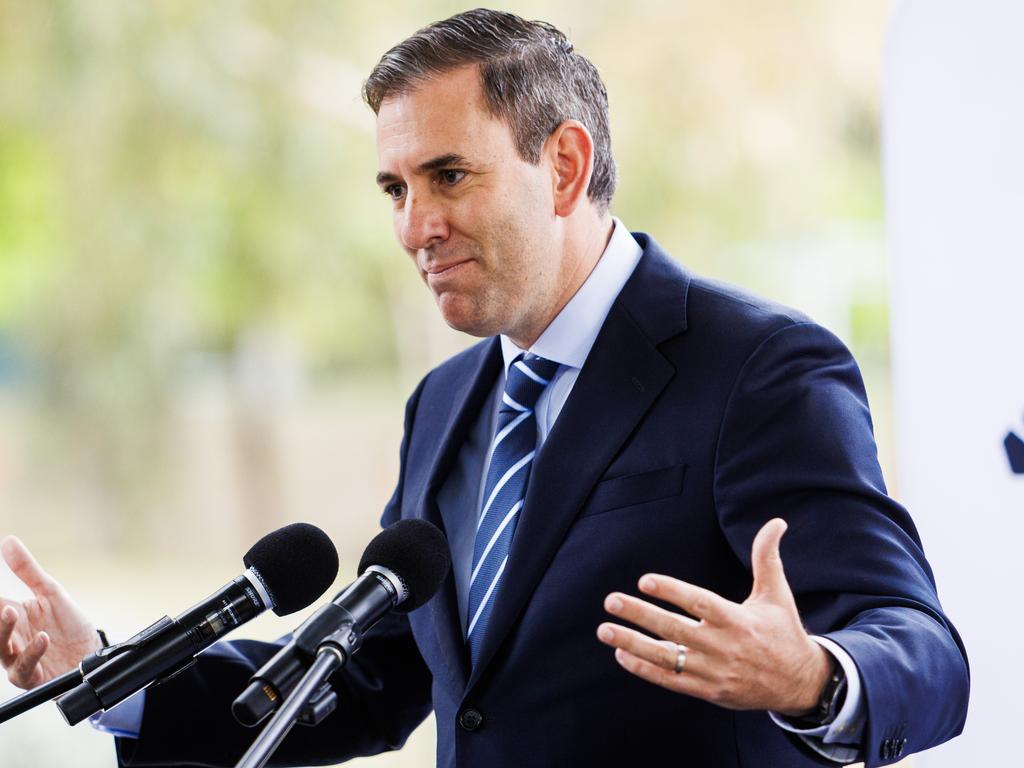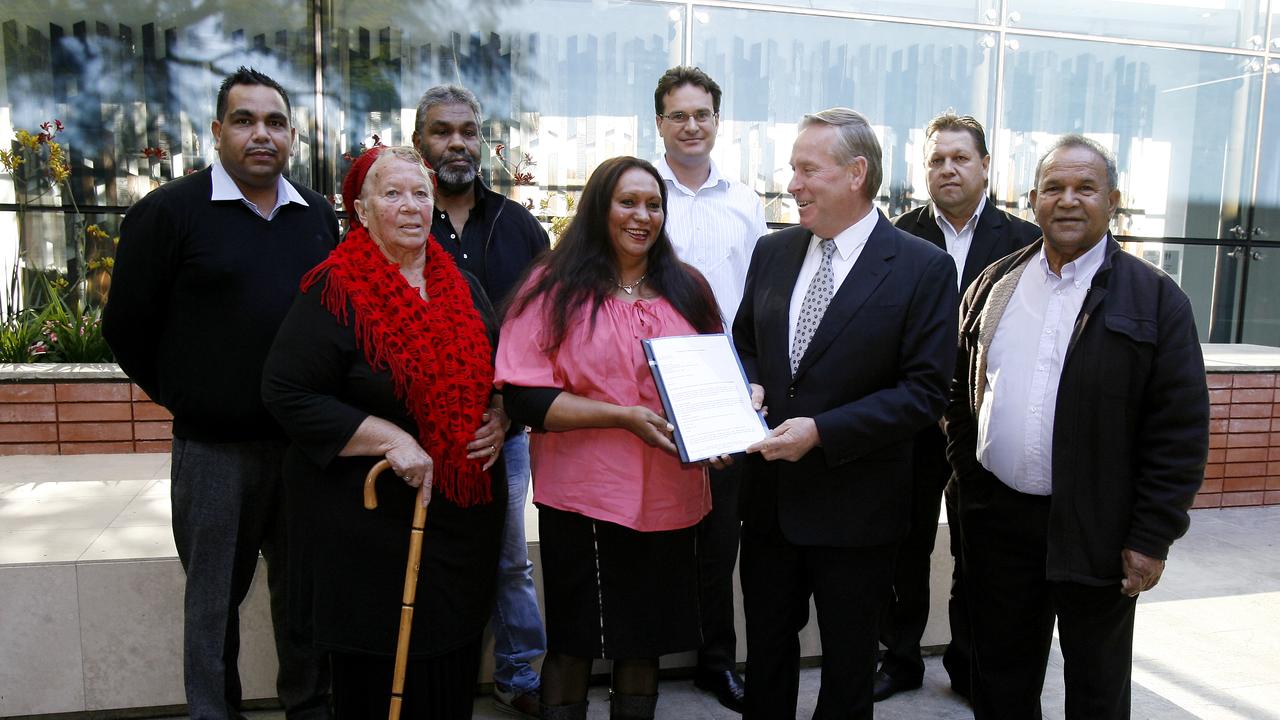Resist a pre-election splurge, Labor told by Reserve Bank governor Michele Bullock
Reserve Bank governor Michele Bullock has warned Jim Chalmers she expects him to be ‘very conscious’ of the inflationary impact of any pre-election policies.

Reserve Bank governor Michele Bullock has warned Jim Chalmers she expects him to be “very conscious” of the inflationary impact of any pre-election policies, while admitting the central bank underestimated the growth in government spending driven by an expansion of the care economy.
After holding the cash rate at 4.35 per cent on Tuesday, Ms Bullock said underlying inflation, at 3.5 per cent, remained too high to consider cutting interest rates and kept open the option of another rise.
Ahead of Anthony Albanese telling a forum of business leaders that headline inflation had fallen to within the RBA’s target band of between 2 and 3 per cent, analysis by the central bank showed the underlying price pressures in Australia were outstripping every advanced economy except Britain’s.
Ms Bullock said the drop in headline inflation to 2.8 per cent in the year to September was partly due to temporary electricity rebates, with the central bank instead focused on underlying price pressures – which remove the most volatile price changes from calculations – when considering rates.
Money markets are expecting the first rate cut on May 20, 2025, just four days before the cut-off for a federal election, with Ms Bullock saying investor expectations were “as good as any”.
“The market is actually reasonably on message about what we’re saying here,” Ms Bullock said, without giving her own guidance of when a rate cut could be on the cards.
“We are not, at the moment, in a position where we can sustainably say inflation is going to be back in the band, and we want to be more convinced of that.”
But the Prime Minister will on Wednesday night declare inflation is below the RBA’s target band, arguing there is “new cause to hope that the worst is behind us”.

“The inflation figures tell that story. Two years ago, annual inflation had a 6 in front of it and was rising,” Mr Albanese will say at a dinner in Canberra hosted by the Australian Chamber of Commerce and Industry. “Today, it has a 2 in front of it and it’s falling. Inflation is down to its lowest level in nearly four years.”
The headline inflation rate Mr Albanese will reference is forecast by the RBA to rebound to 3.7 per cent at the end of next year when state and federal electricity rebates expire.
The central bank slightly lowered its forecasts for underlying inflation but it is not expected to reach the midpoint of the band until December 2026.
With economists warning the Albanese government against a pre-election cash splash, Ms Bullock said she believed the Treasurer was “fully aware of the inflationary implications of his own policies”.
“He needs to be thinking about that because he – like me – understand that inflation is really what’s hurting people at the moment,” Ms Bullock said.
“I think that the governments are well aware that inflation is the big thing here … and I expect they will be very conscious of it.”
However, asked if she would call out profligate spending commitments that threatened to stoke inflation, Ms Bullock made no such commitment.
In forecasts also released on Tuesday, the RBA conceded that the growth in government spending, which hit a record 27.3 per cent in the June quarter, had been “stronger than expected”, causing it to overshoot its forecasts.
The admission came as economists warned of a growing risk that the government’s fiscal discipline could wane in the lead-up to the election after Mr Albanese pledged to wipe $16bn off student debts, as Labor MPs push for populist cost-of-living measures.
The RBA undercooked its public consumption forecasts – a proxy for federal and state spending – due to unforeseen cost-of-living giveaways and the growing expense of existing government services, including the NDIS and aged care.
“The staff forecast of public consumption has been revised higher several times over the past year in response to announcements of additional spending,” the RBA’s statement on monetary policy read.
Dr Chalmers has repeatedly defended the additional expenditure, arguing it has been critical to keep the economy afloat when private sector activity has remained anaemic.
Increased government outlays had also led to strong jobs growth in the so-called non-market sector, the RBA noted, covering public service, education, healthcare and social service employment.
“Around three-quarters of employment growth over the past year was in the non-market parts of the economy such as health and social care, where labour demand tends to be less cyclical and often more aligned with government spending,” the RBA said.
“As measured productivity growth in these areas is lower than other parts of the economy, this was a small drag on overall productivity growth.”
Ms Bullock said that, if and when the RBA did begin its easing cycle, household borrowers should not expect interest rates to return to their record low levels during the pandemic as the central bank attempted to stem flailing economic growth, “unless we’re back in another absolutely disastrous situation”.

The RBA slashed its labour productivity forecasts, now expecting a fall of 1 per cent in the 12 months to December, down from its previous projection of 0.1 per cent growth released in August.
“At current rates of productivity growth, (wages) growth remains somewhat above rates that can be sustained in the long term without putting upward pressure on inflation,” the statement added.
The RBA also cut its annual economic growth forecasts to a tepid 1.5 per cent for 2024. Previously, it had projected GDP growth to recover to 1.7 per cent by the end of this year.
Driving the downgrade was a sharper-than-anticipated reduction in international student numbers, as the Albanese government tightened student visa requirements and increased application fees for study. Also contributing to the weaker GDP forecast was the RBA’s projection of only a very gradual recovery in household consumption, as extra income is directed to saving and offset accounts rather than spent.
Separate forecasts for wages and employment were largely unchanged; so too were the RBA’s inflation forecasts.
Alongside strength in the jobs market and low productivity growth, EY chief economist Cherelle Murphy said robust government spending was among the main reasons the RBA was remaining vigilant.
“Ongoing price pressures remain and under these circumstances the Reserve Bank will not be cutting the cash rate this year,” she said.
“The earliest we see a move is the February meeting, but the Reserve Bank’s clear caution suggests the timing of the first cut may be later.”
Ms Bullock signalled the RBA may have to revise its forecasts if Donald Trump is elected US president.






To join the conversation, please log in. Don't have an account? Register
Join the conversation, you are commenting as Logout